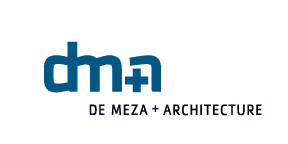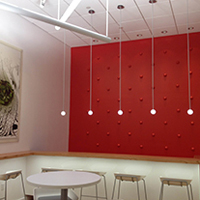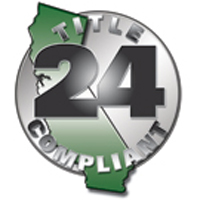The beauty of the design business is the challenge to create whatever it is our clients desire. Our latest client called on DM+A to open up his living room and flood it with light, but still provide privacy. After walking the clients penthouse unit in San Francisco, we knew the solution to add the largest possible skylight was the way to go.
8' x 12' is the maximum size allowed for the Lutron Tensioned Roller Shade system, which will provide a flooding of light and the tensioned shades will provide for privacy. This system will keep the shades taut with the least possible amount of sag.
Rollamatic Roofs, manufacturer of retractable roofs and operable skylights, will install the skylight to provide the room with light and ventilation. They are also providing the double pane low-e glass which conforms to Title 24 requirements for energy efficiency. Big thanks to them for the referral.
Now, here is the piece de resistance, Luminii's Kilo Recessed System. We will recess this LED light system along the perimeter of the skylight well to provide a warm halo of dimmable light.
Here's how Netflix installed the light system in their San Jose office.
Stay tuned for an updated post once the project is complete.
Give us a call if you would like more information on passing the stringent codes and Title 24 Energy Efficiency standards required for a project like this.





 I had the opportunity to attend a California
I had the opportunity to attend a California